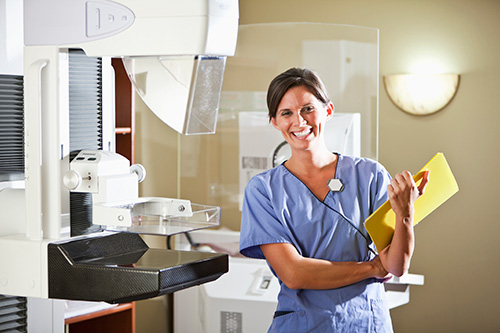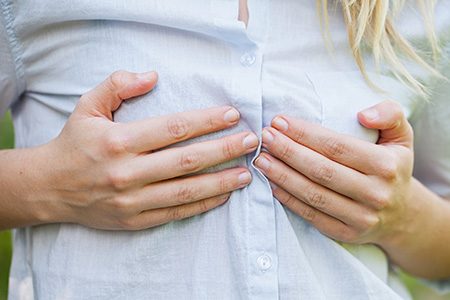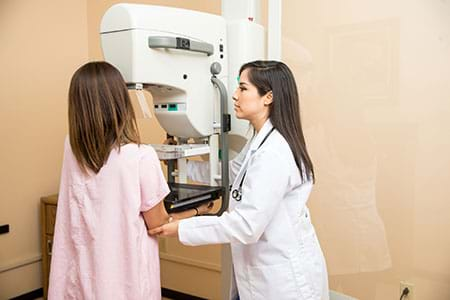Authored by Dr. Sarika Arora, MD
One of the most controversial subjects in women’s health is the use of mammograms in detecting breast cancer. In 2005, a study published in the Journal of the National Cancer Institute came out with the news that yearly screening mammograms did not decrease deaths from breast cancer. This was a surprise to a lot of women who had been dutifully if reluctantly getting their yearly mammograms. The reality is that mammography is one tool in detecting breast cancer — but certainly not the definitive answer. Nor are they a form of prevention.

Sadly, the technology is just not there yet in terms of detection. Radiologists differ significantly in how they interpret mammography, and false-negative rates for mammograms can be quite high. Often the lesions missed are the more aggressive cancers. And women walk away thinking they’re fine while the cancer has time to spread.
Thermography is a new form of imaging. It uses infrared cameras to detect metabolic and vascular abnormalities taking place within your body. The current technology still cannot detect cancer definitively. But the theory is that the changes that are typical of most developing breast tumors are accompanied by variations in temperature on the surface of the breast. Thermograms generate images that reflect these precancerous changes in the breast over time. Then you can detect cancer before it starts. But the key is how well someone interprets the results. So if you’re considering thermograpy, be sure to find someone who is certified in reading the results.
We don’t yet have a great option for later breast cancer detection, so it always helps to assess your risks early on. If you’re concerned about breast cancer, you might consider genetic profiling, or testing that assays your estrogen metabolite levels. Estrogen is transformed in the liver into three main types, 2–OH, 4–OH, and 16–OH estrogen. Some metabolites are more problematic if they stick around too long. Though we don’t have definitive answers, analyzing the ratio between the three provides clues as to the risk of breast and other estrogen-related cancers. If you and your practitioner see numbers that cause concern, you can start implementing preventative measures, like supplementing with DIM (diindolylmethane). DIM is the digestive product of a phytonutrient found in cruciferous vegetables (broccoli, cabbage, cauliflower and others). It supports the detoxification pathways in the liver that metabolize estrogen.
You might also implement regular exercise, and include more soy and flaxseed in your diet. (Even if you do not digest these foods well, you can take digestive enzyme to help overcome this issue.) Since the estrogen molecule is cleared along the same pathways that dispose of drugs and other environmental toxins, avoiding toxins of all kinds can support your breast health.
Rather than relying on mammography alone, we need to avail ourselves of multiple tools to identify breast cancer early on. These tools include self-breast exams, annual physical exams, mammograms, ultrasounds, and MRI’s, thermography, and genetic testing, and estrogen metobolite testing where warranted. And clearly prevention is important, with high quality nutrition, regular exercise, decreasing our toxic burden, and gaining a solid understanding of our own bodies.
For information on mammograms and more, see our articles on breast health.









